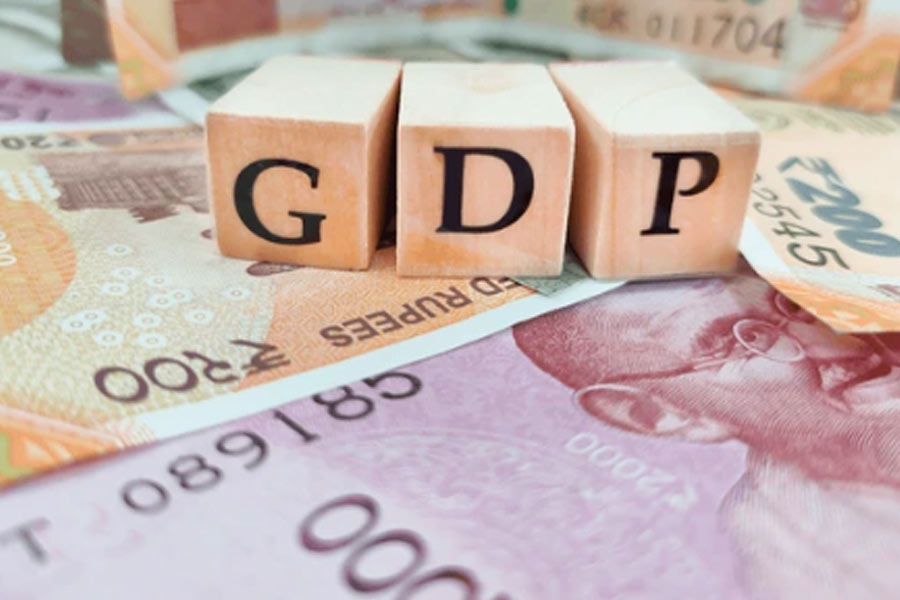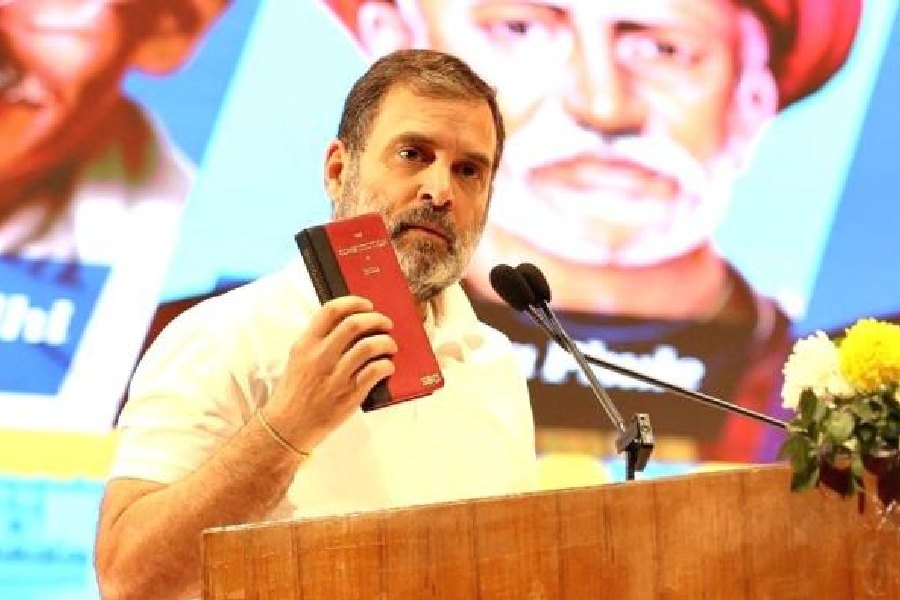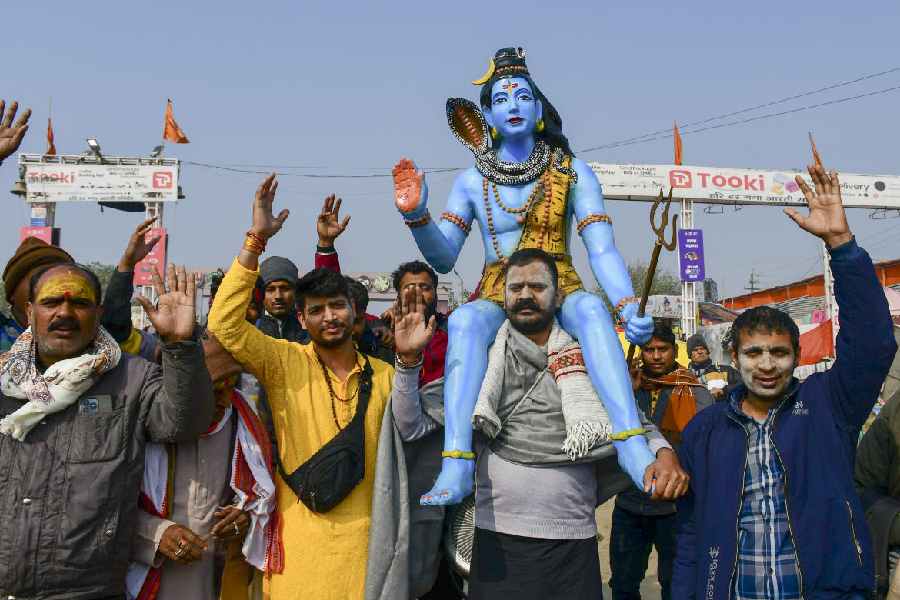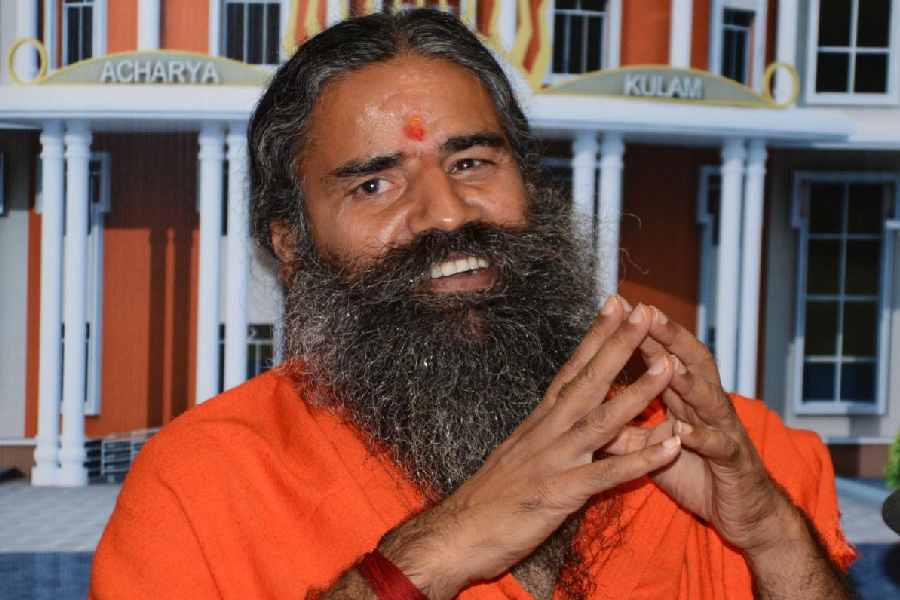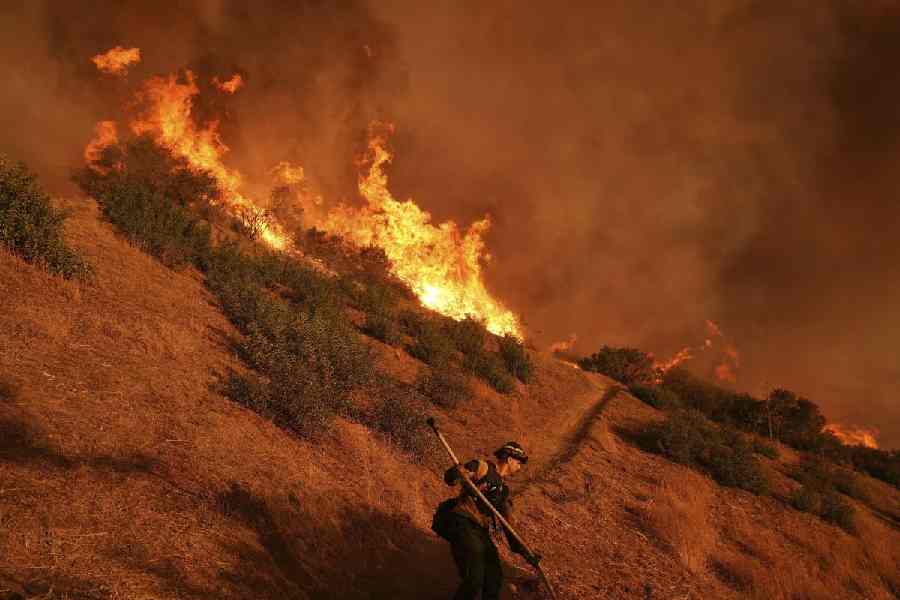India’s second-quarter growth slowed to a near two-year low of 5.4 per cent, weighed down by sluggish performance in manufacturing and mining along with weak consumer spending, with agriculture and construction the sole bright spots.
The weak growth will put RBI policymakers under pressure to cut rates at their December meeting. But they will need to balance the calls for a rate cuts from the government and industry with the compulsion to put a leash on runaway inflation that has already topped 6.2 per cent.
Finance minister Nirmala Sitharaman and commerce minister Piyush Goyal have been the cheerleaders of the government in demanding a rate cut that has been staunchly resisted by RBI governor Shaktikanta Das, who wants consumer inflation to fall down on a durable basis to the targeted 4 per cent.
The growth rate marks a significant decline from the 8.1 per cent growth recorded in the July-September quarter of 2023-24 and the 6.7 per cent growth in the preceding quarter of this fiscal.
The previous low for GDP growth was 4.3 per cent, seen in the October-December quarter of 2022-23.
The RBI had projected a growth rate of 7 per cent in the second quarter.
Private final consumption expenditure, a key indicator of consumer spending, grew 6 per cent in the September quarter, down from 7.4 per cent in April-June 2024, according to government data released Friday.
The manufacturing sector’s gross value added (GVA) growth slowed down sharply to 2.2 per cent from 14.3 per cent a year earlier, while mining and quarrying contracted marginally 0.1 per cent compared with an 11.1 per cent expansion in the year-ago quarter. The construction sector grew 7.7 per cent, down from 13.6 per cent a year earlier.
Electricity, gas, water supply and other utilities grew 3.3 per cent compared with 10.5 per cent previously. Financial, real estate and professional services expanded 6.7 per cent, a slight improvement from 6.2 per cent a year earlier.
Conversely, agriculture emerged as a bright spot, with GVA growth accelerating to 3.5 per cent from 1.7 per cent a year earlier.
Chief economic adviser V. Anantha Nageswaran called the GDP print of 5.4 per cent “disappointing” but highlighted the positive contributions from agriculture and construction.
Aditi Nayar, chief economist at ICRA, noted the “tepid” GDP growth, citing weaker-than-expected manufacturing and mining output and a slowdown in services. “This sharper-than-expected dip in Q2 growth tilts risks downward for the current fiscal’s growth target of 6.8 per cent,” she said.
EY India’s chief policy advisor, D.K. Srivastava, said the slowdown was largely driven by weak industrial performance and reduced government investment, which contracted by 15.4 per cent in the first half of the fiscal.
“Investment spending, the main driver of domestic demand, has taken a hit, affecting industrial and infrastructure sectors.”
High-frequency data indicates a mixed outlook for the second half, with rural demand expected to support consumption following healthy kharif production and festive season momentum.
However, urban demand could face headwinds from slowing credit growth, said Dharmakirti Joshi, chief economist at Crisil.

